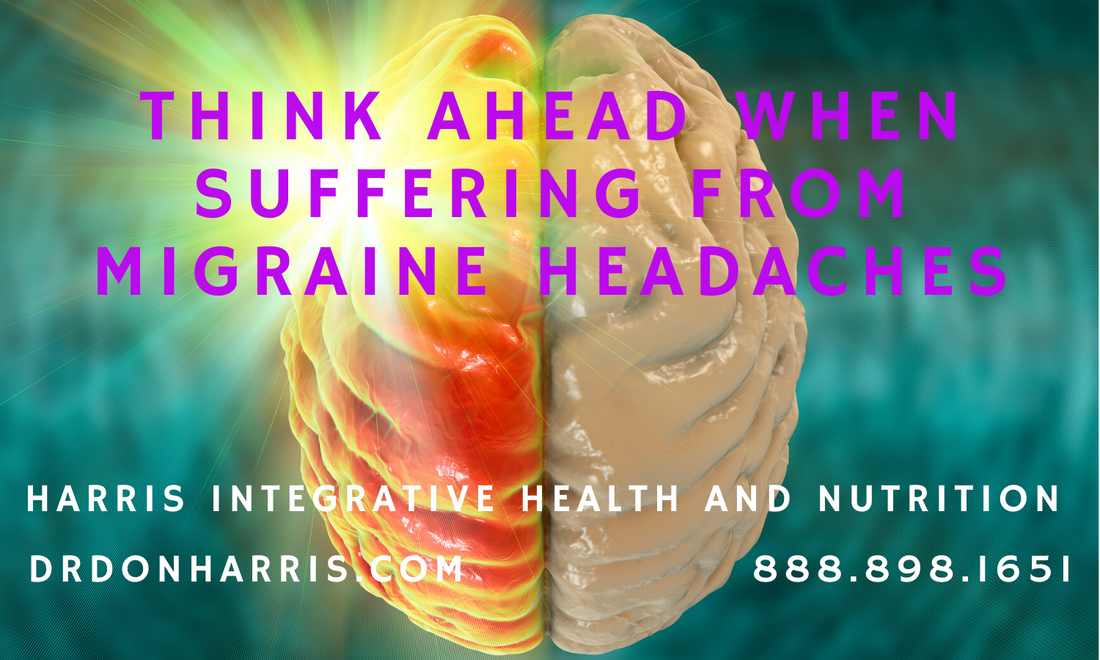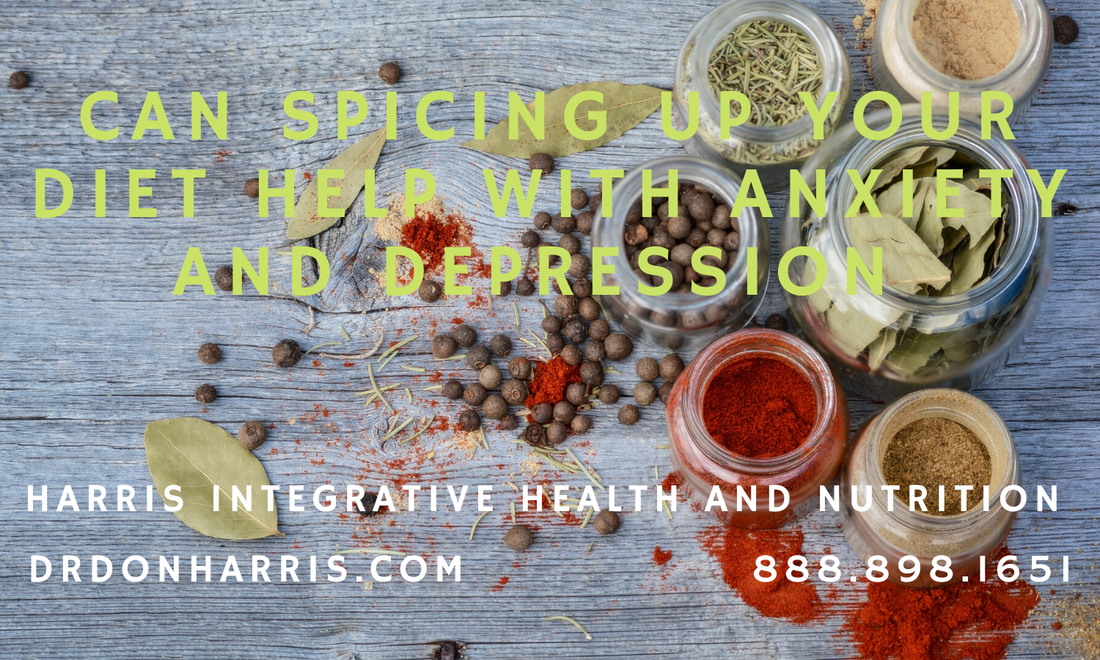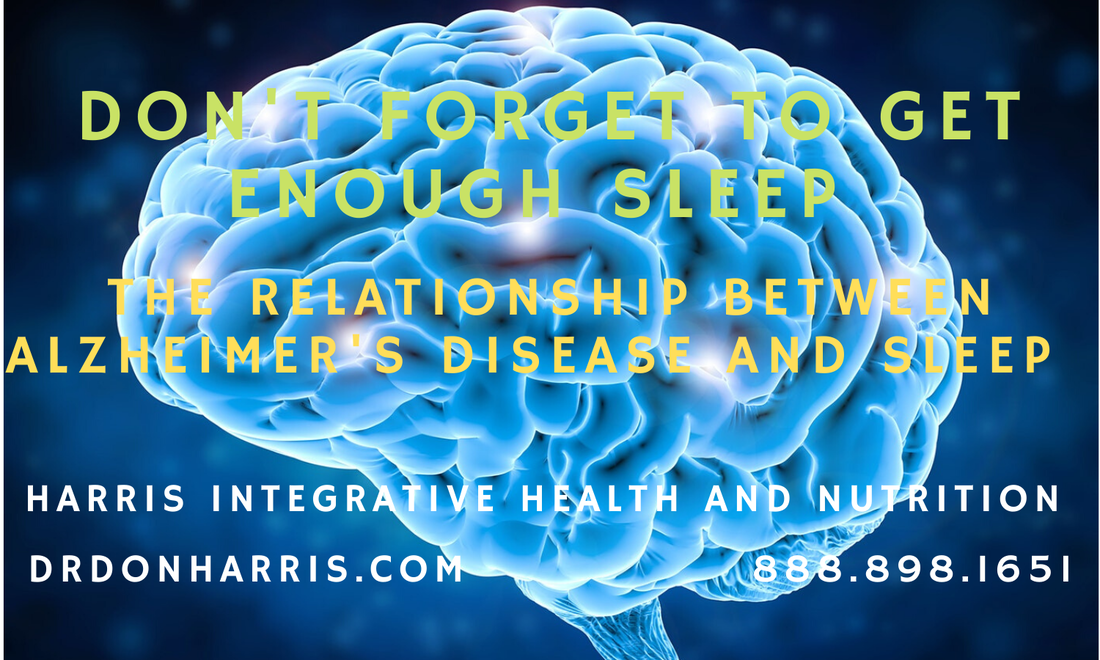|
What is a Migraine
A migraine is a common disorder characterized by recurrent, throbbing headaches that can last up to three days. Several symptoms distinguish migraines from normal headaches. They typically involve only one side of the head and are accompanied by other signs. These include nausea and hypersensitivity to light, sounds and smells. Some people also experience visual disturbances, known as auras, before getting a migraine. In 2001, an estimated 28 million Americans experienced migraines. Research has shown greater frequency in women than men. The underlying cause of migraines is unknown, but hormones, stress and dietary factors may play a role. About 27–30% of those with migraines believe that certain foods trigger their migraines. Given that evidence is usually based on personal accounts, the role of most dietary triggers is controversial. However, studies suggest some people with migraines may be susceptible to certain foods. Below are 11 of the most frequently reported dietary migraine triggers. Coffee; Coffee is one of the world’s most popular beverages. It is high in caffeine, a stimulant also found in tea, soda and energy drinks. Caffeine’s connection to headaches is complex. It may affect headaches or migraines in the following ways:
Aged Cheese; About 9–18% of people with migraines report sensitivity to aged cheese. Scientists believe this may be because of its high tyramine content. Tyramine is a compound that forms when bacteria break down the amino acid tyrosine during the aging process. Tyramine is also found in wine, yeast extract, chocolate and processed meat products, but aged cheese is one of its richest sources. Levels of tyramine appear higher in people with chronic migraines, compared to healthy people or those with other headache disorders. However, the role of tyramine and other biogenic amines in migraines is debated, as studies have provided mixed results. Aged cheese may also contain histamine, another potential culprit. Alcohol; Most people are familiar with hangover headaches after drinking excessive amounts of alcohol. In certain people, alcoholic beverages may trigger a migraine within three hours of consumption. In fact, roughly 29–36% of those with migraines believe that alcohol may trigger a migraine attack. However, not all alcoholic beverages act in the same way. Studies in people with migraines found that red wine was much more likely to trigger a migraine than other alcoholic beverages, especially among women. Some evidence indicates that the histamine content of red wine may play a role. Histamine is also found in processed meat, some fish, cheese and fermented foods. Histamine is produced in the body, too. It is involved in immune responses and functions as a neurotransmitter. Dietary histamine intolerance is a recognized health disorder. Apart from headaches, other symptoms include flushing, wheezing, sneezing, skin itching, skin rashes and fatigue. It is caused by a reduced activity of diamine oxidase (DAO), an enzyme responsible for breaking down histamine in the digestive system. Interestingly, reduced activity of DAO appears to be common in people with migraines. One study found that 87% of those with migraines had reduced DAO activity. The same applied to only 44% of those without migraines. another study showed that taking an antihistamine before drinking red wine significantly reduced the frequency of headaches among people who experience headaches after drinking Processed Meats; Around 5% of people with migraines may develop a headache hours or even minutes after consuming processed meat products. This type of headache has been dubbed a “hot dog headache”. Researchers believe that nitrites, a group of preservatives that includes potassium nitrite and sodium nitrite, may be the reason why. These preservatives are often found in processed meat. They prevent the growth of harmful microbes like Clostridium botulinum. They also help preserve the color of processed meats and contribute to their flavor. Processed meats that contain nitrites include sausages, ham, bacon and lunch meats like salami and bologna. Hard-cured sausages may also contain relatively high amounts of histamine, which could trigger migraines in people with histamine intolerance. If you get migraines after eating processed meat, consider eliminating them from your diet. In any case, eating less processed meat is a step toward a healthier lifestyle. 5-11. Other Possible Migraine Triggers People have reported. 5. Monosodium glutamate (MSG): This common flavor enhancer has been implicated as a headache trigger, but little evidence supports this idea. 6. Aspartame: A few studies have associated the artificial sweetener aspartame with an increased frequency of migraine headaches, but the evidence is mixed. 7. Sucralose: Several case reports suggest that the artificial sweetener sucralose may cause migraines in some groups. 8. Citrus fruits: In one study, about 11% of those with migraines reported citrus fruits to be a migraine trigger. 9. Chocolate: Anywhere from 2–22% of people with migraines report being sensitive to chocolate. However, studies on the effect of chocolate remain inconclusive. 10. Gluten: Wheat, barley and rye contain gluten. These cereals, as well as products made from them, may trigger migraines in gluten-intolerant people. 11. Fasting or skipping meals: While fasting and skipping meals may have benefits, some may experience migraines as a side effect. Between 39–66% of those with migraines associate their symptoms with fasting. Studies also suggest that migraines may be an allergic response or hypersensitivity to certain compounds in foods, but scientists haven’t reached a consensus on this yet. Yoga is a complementary mind–body therapy that may help people manage cancer symptoms or adverse effects of treatments and improve their quality of life. The summary of research from the National Center for Complementary and Integrative Health on mind–body interventions suggests that yoga may help with anxiety, depression, distress, and stress in people with cancer. Results of studies of patients with early-stage breast cancer and survivors suggest that yoga may help to reduce fatigue. Meditation, one of the tools of yoga, has similarly been shown to address anxiety, stress, fatigue, and general mood and sleep disturbances.
Yoga is a synergistic system of knowledge and practices grounded in ancient Indian philosophy, with a goal of stilling the fluctuations of the mind and developing physical, mental, and emotional equanimity. It is widely popular in the United States: As of 2012, 9.5% of US adults had reported using yoga, with 8% using meditation. Physically challenging styles of yoga are less appropriate for patients with cancer coping with health challenges than are hatha, yin, therapeutic, and Viniyoga. Viniyoga adapts the tools of yoga (breath, movement, meditation) to the needs, goals, and abilities of the individual. There is a continuum, ranging from group classes to individual yoga therapy, in which the therapist customizes and supports a program for the client. CLINICAL ONCOLOGY GUIDELINES Clinical oncology practice guidelines based on a systematic literature review from 1990 through 2015 detail a growing body of evidence for recommending mind–body therapies as supportive breast cancer care during and after treatment. Specifically, yoga and meditation appear to be highly or moderately helpful for reducing anxiety and stress, improving depression and mood disorders, and enhancing quality of life. A review of 11 randomized clinical trials (RCTs) and 6 non- RCTs found consistent support from the efficacy of yoga to improve mental health outcomes (such as distress, mood and anxiety) during cancer treatment. Some research found improvements in sleep, fatigue, and quality of life during treatment. A review of 9 RCTs and 6 nonrandomized studies of yoga use by cancer survivors suggests physical and psychosocial benefits. Preliminary findings show potential relief from fatigue, dyspnea, gastrointestinal issues, menopausal symptoms, pain severity, and improvements in respiratory function, heart rate, and HRV, as well as sleep-related benefits, emotional well-being, vigor, stress, and cognitive functioning. YOGA CHANGES HOW THE MIND FUNCTIONS Neuroscience and psychology show that the default state of the human brain is mind wandering—ruminating about the past or thinking about the future. Yoga and meditation shift attention to the interoceptive neural network by directing attention to present-moment interoceptive bodily sensations such as breath. Genetics and life experiences contribute to individual capacity for interoceptive awareness. That capacity can improve with training. Regular practice develops an attentional habit and capacity to direct attention to interoceptive sensations. An increased capacity and propensity to direct attention to bodily sensations (interoceptive awareness) promotes emotional and bodily awareness. In other words, we notice how we are feeling when we get triggered, making it more likely we will make different choices, such as stop and take a deep breath, think and then respond, rather than just react. SELF-REGULATION HELPS MAINTAIN PHYSICAL AND EMOTIONAL BALANCE Self-regulation is “our ability to control how we feel and act. What self-regulation of bodily tries to do is to maintain homeostasis; and self-regulation of emotional states helps us maintain equilibrium, or balance. Interoception and bodily states are inseparable; interoception and emotional states are inseparable. The autonomic nervous system continuously makes metabolic and vascular adjustments to try to maintain homeostasis (and keep us alive). Conscious awareness of bodily states (through interoception) alerts our mind to make changes in the body or our environment to maintain homeostasis. Good emotional awareness means that someone detects bodily signals and can clearly differentiate how each emotion feels. That awareness enables that person to take steps to alter emotions or situations to maintain, increase, or decrease an emotion. EFFECTS OF YOGA Practicing yoga regularly can potentially support change in the way the mind and body function:
ADVICE FOR PATIENTS WITH CANCER Yoga interventions are noninvasive, low cost, and can be adapted for people who have functional or other impairments. Selecting an appropriate style of yoga and an experienced, certified instructor will minimize potential risks of harm for people undergoing cancer treatment, including elderly patients and those with limited mobility. Knowledgeable, experienced yoga teachers often offer private sessions adapted for the individual that can be practiced at home. Certified yoga therapists are trained to deliver individualized therapeutic yoga Depression is a serious mood disorder with symptoms that range from mild to debilitating and potentially life-threatening. Some people look to manage depression with herbal remedies, rather than with medication a doctor prescribes. The most recent data from the National Institute of Mental Health suggest that in the United States, 6.7 percent of people experienced a major depressive episode in 2016. Medications and counseling are conventional ways to alleviate the symptoms of depression. However, some herbs and supplements may also help.
1. St. John's Wort St. John's wort is also known as Hypericum perforatum. This plant has been a common herbal mental health treatment for hundreds of years. However, people must use caution if they chose to try it as a potential treatment for depression. A 2016 systematic review found that St. John's wort was more effective than a placebo for treating mild to moderate depression and worked almost as well as antidepressant medications. While St. John's wort might help some people, it does not show consistently beneficial effects. 2. Ginseng This supplement comes from the gnarled root of the American or Asian ginseng plant. Siberian, Asian, and Eleuthero ginseng are different plants with different active ingredients. Practitioners of Chinese medicine have used ginseng for thousands of years to help people improve mental clarity and energy and reduce the effects of stress. Some people associate these properties of ginseng with potential solutions for the low energy and motivation that can occur with depression. However, the National Center for Complementary and Integrative Health (NCCIH) advise that none of the many studies that people have conducted on ginseng have been of sufficient quality to form health recommendations. 3. Chamomile. A study in 2012 reviewed data about chamomile, which comes from the Matricaria recutita plant, and its role in helping to manage depression and anxiety. The results show that chamomile produced more significant relief from depressive symptoms than a placebo. However, further studies are necessary to confirm the health benefits of chamomile in treating depressive symptoms. 4. Lavender Lavender oil is a popular essential oil. People typically use lavender oil for relaxation and reducing anxiety and mood disturbances. A 2013 review of various studies suggested that lavender might have significant potential in reducing anxiety and improving sleep. Lavender has mixed results in studies that assess its impact on anxiety. However, its effectiveness as a treatment for ongoing depression has little high-quality evidence in support at the current time. 5. Saffron Some studies cite using saffron as a safe and effective measure for controlling the symptoms of depression, such as this non-systematic review from 2018. However, more research would help confirm the possible benefits of saffron for people with depression. Scientists also need to understand any possible adverse effects better. 6. SAMe SAMe is short for S-adenosyl methionine. It is a synthetic form of a chemical that occurs naturally in the body. However, they also found that SAMe had about the same effectiveness as the common antidepressants imipramine or escitalopram. Furthermore, it was better than a placebo when the researchers mixed SAMe with selective serotonin reuptake inhibitor medications. As with many other studies into herbs and supplements, the investigations into the safety and efficacy of SAMe are of low quality. More research is necessary to determine its exact effect. People use the supplement in Europe as a prescription antidepressant. However, the FDA have not yet approved this for use in the U.S. 7. Omega-3 fatty acids \In a 2015 systematic review, researchers concluded that omega-3 fatty acid supplements are not useful across the board as a depression treatment. While the study authors reported no serious side effects from the supplement, they also advised that it would only be an effective measure in treatment for depression that was due to omega-3 deficiency. 8. 5-HTP Also known as 5-hydroxytryptophan, this supplement may be useful in regulating and improving levels of serotonin in the brain. Serotonin is the neurotransmitter that affects a person's mood. 5-HTP has undergone a number of animal studies, and some, such as this review from 2016, cite its potential as an antidepressant therapy. However, evidence of its effects in human subjects is limited. 5-HTP is available as an over-the-counter (OTC) supplement in the U.S. but may require a prescription in other countries. More research is necessary, especially regarding concerns that it may cause serotonin syndrome, a serious neurological complication if a person takes 5-HTP in excess. 9. Inositol Though often referred to as vitamin B8, inositol is not a vitamin at all but rather a type of sugar with several important functions. Inositol plays a structural role in your body as a major component of cell membranes. It also influences the action of insulin, a hormone essential for blood sugar control. In addition, it affects chemical messengers in your brain, such as serotonin and dopamine. It has been estimated that a typical diet in the US contains around 1 gram of inositol per day. Rich sources include grains, beans, nuts and fresh fruits and vegetables. However, supplemental doses of inositol are often higher. Researchers have studied the benefits of doses up to 18 grams per day with promising results and few side effects. Supplement manufacturers do not have to prove that their product is consistent. The dose on the bottle may also be inaccurate. People should ensure they purchase herbs and supplements from a trusted manufacturer. All of us know that a night of bad sleep can impair our ability to think the following day. However, research also suggests that chronically getting too few hours of sleep (<6 hours per night) may also increase your risk of Alzheimer’s disease and dementia. Alzheimer's disease is characterized by the presence of amyloid plaques and tau tangles in the brain. Previous studies suggested that poor sleep quality was associated with the presence of amyloid plaques in cognitively healthy individuals, and that even one night of sleep deprivation can increase the levels of amyloid in the cerebral spinal fluid (CSF), the fluid that bathes the brain. Two recent studies in Science Translational Medicine and Science also suggest that poor sleep may also be associated with increased brain levels of tau.
Sleep is divided into different stages and alternates between non-rapid eye movement (NREM) sleep and rapid eye movement (REM) sleep. A full night of sleep is important because the stages are not divided equally throughout the night. NREM sleep is predominant in the first part of the night while REM increases later in the night. NREM sleep is important for forming long-term memories while REM sleep is when most of our dreams occur. In one study, researchers monitored sleep in 119 participants, most of them cognitively healthy, for six nights with an EEG (a device that measures brain activity) worn on the forehead and a sleep actigraph (a device that measures sleep/wake activity) on the wrist. Some of the participants underwent tau imaging in their brain while others had tau measured in the CSF. Participants with the highest levels of tau had the lowest levels of NREM sleep, the part of sleep important for forming long-term memories. Interestingly, participants with highest tau levels had the greatest amount of total sleep time, but they also napped more, suggesting that their quality of sleep was poor. While the previous study showed that poor sleep is associated with tau pathology, it did not indicate whether poor sleep can increase tau. In another small study, individuals (age 30-60) who were cognitively healthy had one night of good sleep and one night of sleep deprivation. Sleep deprivation increased CSF levels of tau by over 50%. This increase was correlated with an increase in amyloid after sleep deprivation. These studies provide a clearer picture of the relationship between sleep and Alzheimer's disease. Not all individuals with amyloid plaques will go on to develop dementia. In fact, studies show that tau accumulation is a better predictor of cognitive decline than amyloid. However, many questions remain. It is still unknown whether poor sleep directly causes Alzheimer's. Amyloid plaques begin to emerge about 10-15 years before any cognitive symptoms are present, and there is likely a bidirectional relationship between sleep duration and Alzheimer's disease and dementia. Poor sleep may increase your risk of Alzheimer's disease, and patients with Alzheimer's disease have difficulty sleeping and a disrupted circadian rhythm. Also, it is not known whether an increase in tau in the CSF after sleep deprivation is an indication of tau accumulation in the brain. Finally, too little sleep can also lead to other diseases such as cardiovascular disease, diabetes, and depression, themselves risk factors for Alzheimer's. There are many things you can do to improve your sleep, the most important of which is to allow yourself enough time for 7-8 hours of sleep. Maintaining a regular bedtime routine and sleep schedule, and abstaining from caffeine and alcohol near bedtime, are also important. Many individuals turn to sleep medications, but these may present their own risks. Those with more severe sleep problems should talk to a healthcare provider for additional treatment options. Beyond feeling refreshed in the morning, there are many reasons to aim for 7-8 hours of sleep for brain health. |
Archives
April 2022
Categories
All
|





 RSS Feed
RSS Feed